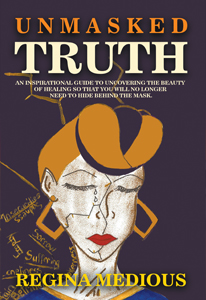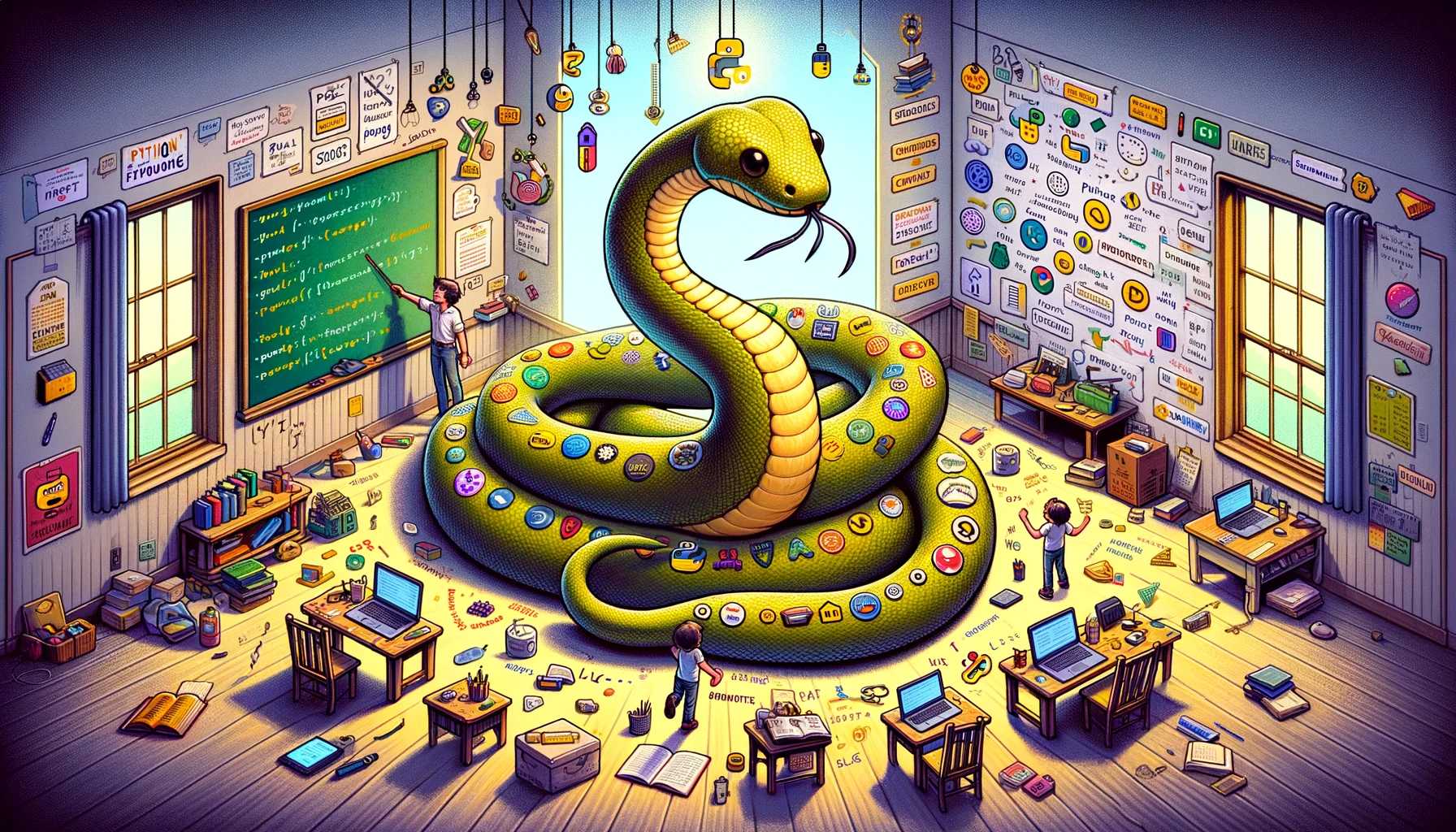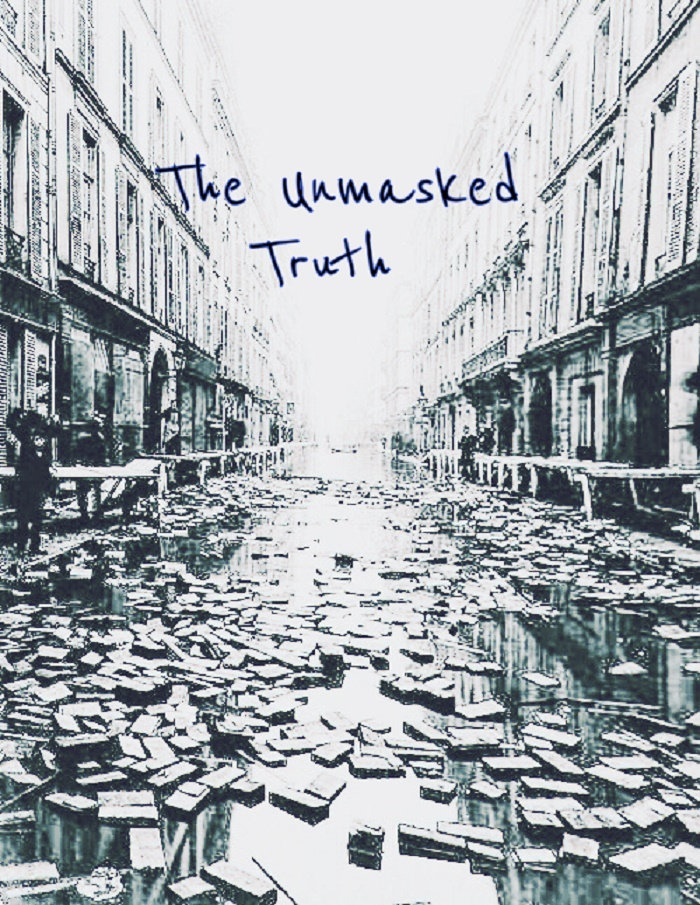The Unmasked Fact: Exploring Joker Imagery and its Enduring Energy
Associated Articles: The Unmasked Fact: Exploring Joker Imagery and its Enduring Energy
Introduction
With enthusiasm, let’s navigate by the intriguing subject associated to The Unmasked Fact: Exploring Joker Imagery and its Enduring Energy. Let’s weave attention-grabbing data and supply contemporary views to the readers.
Desk of Content material
The Unmasked Fact: Exploring Joker Imagery and its Enduring Energy

The Joker. The title alone conjures a whirlwind of chaotic power, unsettling laughter, and a chilling unpredictability. He’s not only a villain; he’s a logo, a multifaceted character whose picture has permeated well-liked tradition for many years, leaving an indelible mark on the collective consciousness. His iconic portrayal, whether or not in comedian books, movies, or video video games, is usually inseparable from poignant, unsettling, or outright terrifying quotes that amplify his advanced persona. Analyzing these photographs alongside their accompanying quotes affords a novel lens by which to grasp the enduring fascination with this enigmatic determine.
The Joker’s visible illustration has undergone vital evolution all through the years. Early iterations, notably these from the Golden Age of comics, depicted him as a extra cartoonish, nearly slapstick villain. His look was typically brightly coloured, with a large, exaggerated grin and a flamboyant, if considerably clumsy, demeanor. Quotes from this period typically centered on easy pranks and chaotic mischief, reflecting the lighter tone of the comics themselves. As an illustration, a easy "Why so severe?" from this era would not carry the identical chilling weight because it does in later interpretations.
Nonetheless, because the character advanced, so did his visible portrayal. The transition to a extra sinister and psychologically disturbing determine started within the Seventies and 80s, culminating within the iconic portrayal by Jack Nicholson in Tim Burton’s 1989 movie, "Batman." Nicholson’s Joker, together with his flamboyant inexperienced hair, exaggerated make-up, and maniacal grin, solidified a brand new visible normal. This model introduced a extra explicitly felony and sadistic factor to the character, mirrored in quotes like, "All it takes is one dangerous day to scale back the sanest man alive to lunacy." This quote, a cornerstone of the Joker’s philosophy, launched an important factor: the inherent fragility of sanity and the potential for anybody to descend into insanity. The picture of Nicholson’s Joker, contorted in a match of laughter, completely embodies this unsettling thought.
The visible language shifted once more with Heath Ledger’s portrayal in Christopher Nolan’s "The Darkish Knight" (2008). Ledger’s Joker was much less flamboyant and extra grounded in a chilling realism. His pale face, raveled hair, and unsettlingly calm demeanor created a way of unpredictable hazard. His iconic quote, "Introduce just a little anarchy. Upset the established order, and all the pieces turns into chaos. I am an agent of chaos," completely encapsulates this model’s philosophy. The picture of Ledger’s Joker, a gaunt determine in a darkish, worn swimsuit, contrasted sharply with Nicholson’s extra theatrical presentation, highlighting a unique aspect of the character’s disturbing character. The visible distinction between the 2 actors’ portrayals underscores the flexibility and adaptableness of the Joker’s picture.
Jared Leto’s portrayal in "Suicide Squad" (2016) offered yet one more interpretation. His tattooed, closely pierced, and flamboyant model was a departure from each Nicholson and Ledger, embracing a extra chaotic and visually extreme type. Whereas his quotes weren’t as impactful as these of his predecessors, his visible illustration, a chaotic tapestry of tattoos and piercings, mirrored a unique sort of insanity – a extra visceral, nearly punk-rock anarchy. This visually distinct Joker highlighted the character’s adaptability and the potential for various interpretations throughout the similar overarching framework.
Joaquin Phoenix’s efficiency in "Joker" (2019) arguably represents probably the most advanced and nuanced portrayal so far. This model focuses on the tragic origins of the Joker, exploring his descent into insanity by a gritty and sensible lens. Phoenix’s gaunt, emotionally ravaged look, coupled together with his unsettlingly susceptible moments, creates a robust visible illustration of societal neglect and the corrosive results of trauma. Quotes like, "Is it simply me, or is it getting crazier on the market?" mirror the character’s inner wrestle and his notion of a world that has failed him. The picture of Phoenix’s Joker, a damaged man on the verge of full collapse, resonates deeply with viewers, prompting reflection on societal points and the human situation.
The enduring energy of the Joker’s picture lies in its adaptability. Every portrayal, from the cartoonish villain of the Golden Age to the deeply troubled particular person in "Joker" (2019), displays the altering societal anxieties and interpretations of chaos and insanity. The visible illustration, whether or not it is the exaggerated make-up, the tattered clothes, or the unsettlingly calm demeanor, works together with the quotes to create a layered and sophisticated character. The quotes themselves will not be merely strains of dialogue; they’re philosophical statements that problem our understanding of morality, sanity, and the character of chaos.
Analyzing the evolution of the Joker’s picture alongside his quotes reveals an interesting interaction between visible storytelling and thematic exploration. The brightly coloured, cartoonish Joker of the early comics displays a less complicated, extra simple understanding of villainy. Because the character advanced, his visible illustration turned darker, extra nuanced, and extra psychologically disturbing, mirroring the rising complexity of his motivations and philosophy. The quotes, in flip, serve to amplify and contextualize these visible cues, offering a deeper understanding of the character’s inner world and his relationship to the world round him.
The Joker’s enduring attraction stems from his potential to embody our deepest fears and anxieties. He represents the potential for chaos inside us all, the fragility of sanity, and the devastating penalties of societal neglect. His picture, constantly evolving but all the time recognizable, continues to fascinate and unsettle, reminding us of the inherent darkness that lurks beneath the floor of on a regular basis life. The cautious research of the Joker’s visible representations alongside his memorable quotes reveals a personality of unparalleled complexity and enduring energy, a logo whose legacy continues to resonate throughout generations. He’s not merely a villain; he’s a mirror reflecting our personal anxieties and the unsettling potential for darkness throughout the human coronary heart. The photographs and quotes, collectively, type a robust narrative that continues to captivate and problem audiences worldwide. The exploration of this visible and verbal synergy is crucial to understanding the enduring fascination with this iconic character and the enduring energy of his unsettling legacy. The Joker, in his many varieties, stays a potent image of chaos, a mirrored image of our personal vulnerabilities, and a testomony to the enduring energy of storytelling in all its varieties.


![Enduring Power of Attorney UK [Free Template] - Free Lasting Power Of](https://powerofattorneyuk.uk/wordpress/wp-content/uploads/2024/04/Enduring-Power-of-Attorney-COP44A-Apply-for-help-with-fees.jpg)





Closure
Thus, we hope this text has offered invaluable insights into The Unmasked Fact: Exploring Joker Imagery and its Enduring Energy. We hope you discover this text informative and helpful. See you in our subsequent article!